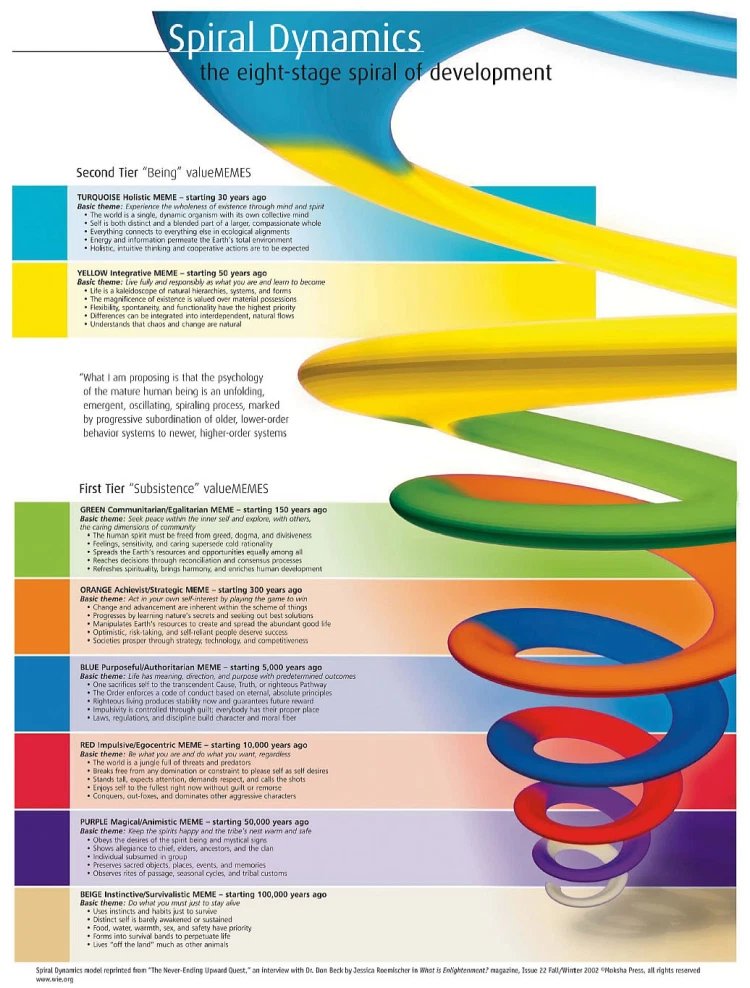Open-ended generative processes like evolution and human culture have a thing that is replicated and propagated by the process. For evolution, these are known as genes. For culture, these are known as memes.
It became obvious to me that there isn't an equivalent for individual brains. Is there something that is equivalent to this in general intelligent systems or biological brains?
I have come up with a term that describes these. The word I've invented is 'dicene'. This word is inspired by C.S. Peirce's dicent sign or dicisign. It is the combination then of dicent and gene, and thus dicene.
But why dicene over so many other possibilities like schemes, themes, intuitions, patterns, schemas, embeddings, attention, habits, explanations, ideas, meanings, representations, concepts, analogies, and lekta?
Although all these words refer to some important aspect of thought, none of them capture why a gene or a meme are mechanisms of a generative process. What do genes and memes have in common?
Genes and memes are both codification of expressions. They replicate through a collective of interpreters. For genes, these are the host cells and for memes these are the language speakers.
Snippets of information are disseminated in genes via viruses (note: there are also other mechanisms) and in genes by an analogous viral process.
The process that I am seeking to elucidate is that viral process that should exist in the minds of general intelligence. To understand this, let us deconstruct the mechanism of a virus and a meme.
A virus is a non-living information propagation mechanism. It consists of the vessel (or container) and the code as a fragment of RNA instructions. A virus propagates itself in a host by deceptively fooling its way into its host's cells.
Once in a cell, the virus replicates itself using the host as a factory. A meme is also a two stage process, the bait and the hook. The bait is the surface expression that makes it alluring to a listener. The hook is the encouraged use of the expression if subsequence speech.
Genes and memes thus have two kinds of information. Information that encourages its assimilation and information that encourages its dissemination.
A dicent sign or dicisign as formulated by Peirce also has two pieces of information. It involves two signs, an icon and an index. Perice uses a weathervane as an example of a dicisign:
Analogous to a virus and a meme, a dicisign facilitates understanding through its icon. This icon is also an index that conveys another concept. In the case of the weathervane, it indicates the direction of the wind.
A dicene is that mechanism in the mind that encourages it adoption and also its subsequent propagation. As previously discussed, the core of cognition resides in neuroglia cells known as astrocytes.
Astrocytes are territorial and thus reflect a kind of behavior that is analogous to social behavior. The dicene is that information object that is shared by collectives of astrocytes to achieve coordinated behavior.
Complex emergent cognitive behavior is a consequence of the dicene that is shared across the astrocytes. Contain in the dicene are the imperative instructions as to how an astrocyte behaves. The collective interactions of the astrocytes leads to other rich cognitive behavior.
A good analogy of this is the vMeme concept introduced by Spiral Dynamics to explain complex social organizational behavior.
The mechanism proposed for neural networks is an unimaginably crude algorithm. It is called the Hebbian rule. "Neurons that fire together, wire together."
The Hebbian rule is also different from Deep Learning's backpropagation mechanism. This is where the synaptic weight most responsible for an error are the ones perturbed in the direction of least error. Backpropagation is a "fit to nature" algorithm.
The backpropagation algorithm has been shown to be unimaginably useful in learning complex behavior. One useful artifact of DL systems is known as embeddings. These are information objects that appear to capture hidden semantics.
Embeddings are essentially high dimensional icons, to use Peirce's semiotic classification. When you use an embedding as input to a neural network, the network acts as an interpreter of the icon and the output is its indexical relationship between input and output signs.
In a network like GPT-3 that performs sequence to sequence transformations, the intermediate layers can be considered as its embeddings. GPT-3 takes pieces of words, transforms it to an embedding and transforms that embedding to pierces of other words.
In effect, treating sequence of words as a complex information object and then generating (or indexing) to another sequence of words that represents another complex object.
What you begin to notice is that genes, memes and language models like GPT-3 all perform sequence to sequence transformations. Thus you have an in-silico analog of how genes and memes might be interpreted.
You also realize that all complex openended processes appear to use the same mechanism for distributing information. That is through sequences of digital information. This is the 'language-turn' that was first proposed by biosemiotics to understand biological complexity.
This is a divergent view from the more conventional view of treating complex systems like dynamical systems. Biology and culture are semiotic systems. The apt level of interpretation and thus understanding is at the language level.
To conclude, my hypothesis is that dicenes are a necessary requirement for anything that purports to be a general intelligence (which our brain is a instance of). Note: hypothesis pre-registered on Twitter.



